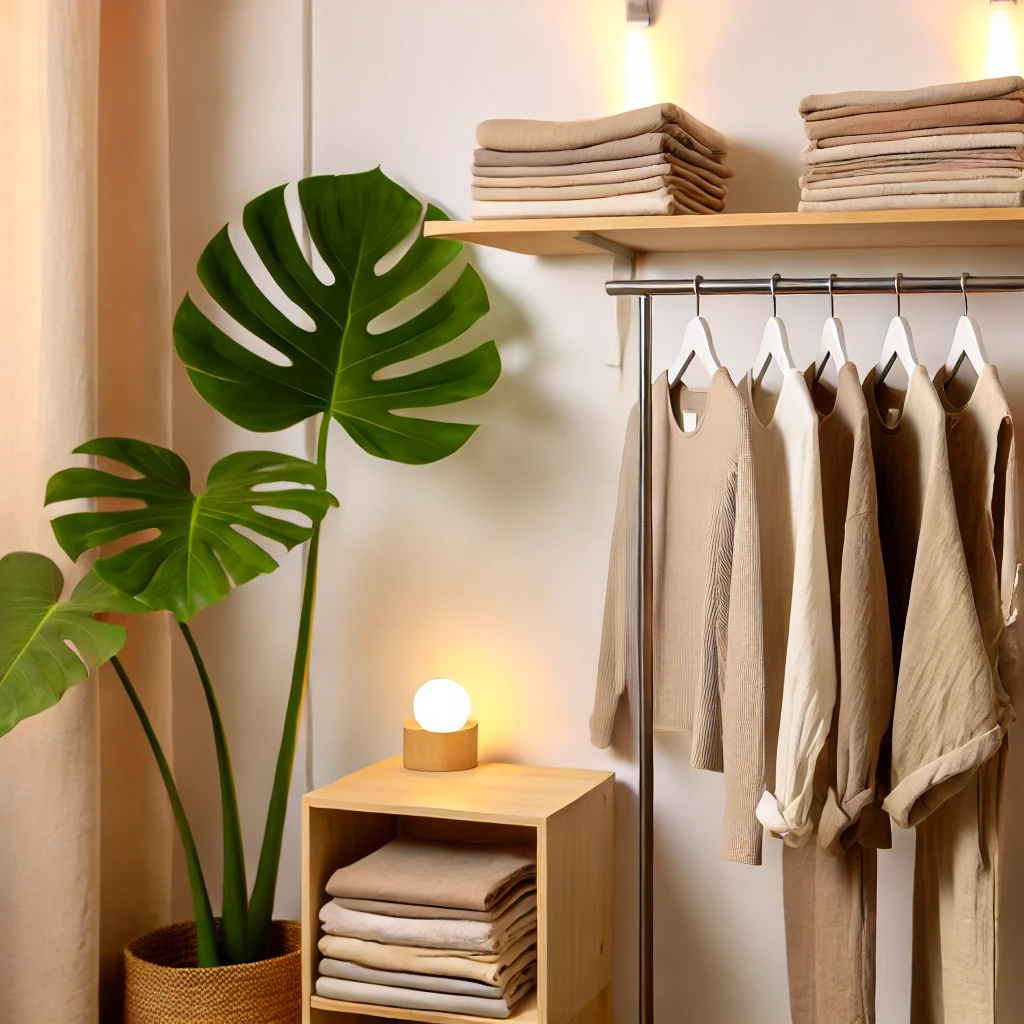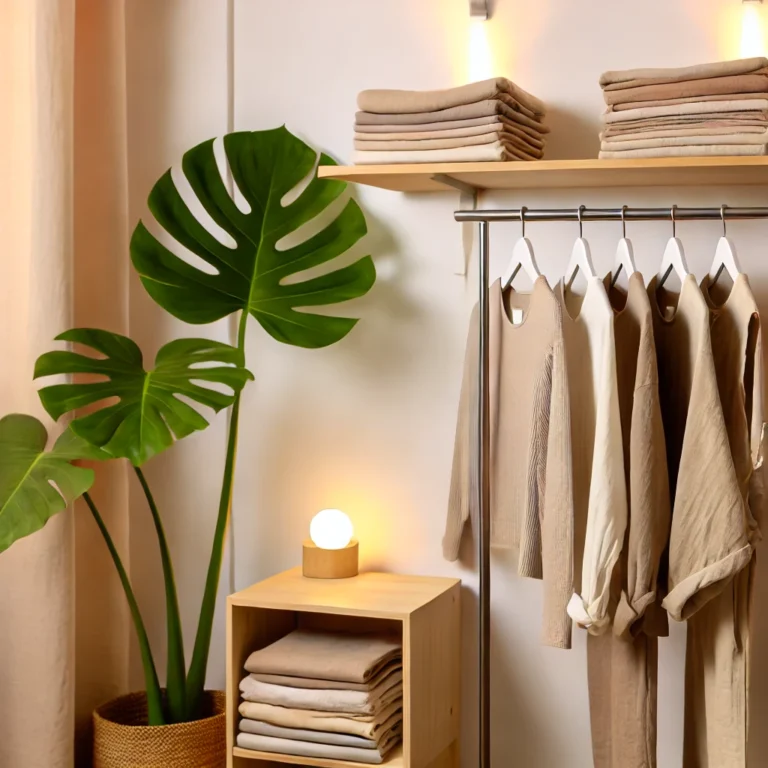Physical Address
304 North Cardinal St.
Dorchester Center, MA 02124
Physical Address
304 North Cardinal St.
Dorchester Center, MA 02124


In recent years, sustainable fashion has taken center stage in the global conversation about eco-friendly living. As awareness of environmental issues grows, more brands and consumers are seeking ways to reduce the fashion industry’s environmental footprint. But what does the future hold for sustainable fashion? Let’s dive into some of the key trends driving the future of eco-friendly clothing and how these trends are shaping a more sustainable world.
One of the biggest movements in sustainable fashion is the shift from fast fashion to circular fashion. This approach seeks to design products with a full life cycle in mind, meaning items are made to last, and when they’re no longer wearable, they’re recycled or upcycled instead of discarded.
In practice, brands are starting to design products that can be disassembled, making it easier to recycle each part. The Ellen MacArthur Foundation reports that circular fashion could reduce waste and pollution by keeping textiles out of landfills and conserving resources Ellen MacArthur Foundation.
Ethical sourcing ensures that everyone involved in the fashion production process is treated fairly. With increased transparency, brands are disclosing where their materials are sourced, who’s making the products, and under what conditions. This shift is helping consumers support brands that respect workers’ rights and minimize environmental harm.
Brands like Patagonia and Everlane are pioneers in promoting transparent and ethical supply chains. They openly share the details of their production processes, helping customers make informed purchasing decisions. Knowing where and how your clothes are made empowers you to support responsible practices and fair wages in the fashion industry Patagonia.
Zero-waste design is a technique that aims to use every bit of fabric during the manufacturing process. By cutting patterns efficiently, designers can avoid leftover scraps, significantly reducing waste. This method is growing in popularity, particularly in smaller, boutique brands that specialize in sustainable clothing.
A great example is the brand Tonlé, which has made zero-waste design a core part of its ethos. By using offcuts and waste materials, Tonlé shows that fashion can be stylish, functional, and sustainable Tonlé.
Biodegradable fabrics, like organic cotton, hemp, and Tencel, offer a sustainable alternative to synthetic materials that can take decades to break down. These materials decompose naturally, returning to the earth without releasing harmful microplastics. In a world where plastic pollution is a major concern, biodegradable fabrics are a game-changer.
Many brands are beginning to offer products made with Tencel, a fiber derived from sustainably sourced wood pulp, known for its eco-friendly production process. Companies like Allbirds incorporate these materials into their product lines to provide consumers with biodegradable fashion choices.
Digital fashion may sound futuristic, but it’s here, and it’s making waves. Digital fashion involves creating virtual clothing items that can be worn in digital spaces—think virtual meetings, social media avatars, and online gaming. Not only does this trend offer exciting new ways to express style, but it also eliminates waste and pollution by avoiding the physical production of clothing.
Brands like The Fabricant are pioneering digital fashion, offering virtual wardrobes and digital-only collections. As our lives become more integrated with technology, digital fashion could help reduce the demand for fast fashion and save valuable resources The Fabricant.
As consumers, we play a key role in shaping the future of sustainable fashion. Small changes, such as buying from sustainable brands, upcycling old clothes, and choosing quality over quantity, can make a significant impact.
One simple way to start is by embracing a capsule wardrobe—a collection of essential items that never go out of style. By focusing on fewer, higher-quality pieces, you can reduce waste and make your wardrobe more sustainable. For instance, one reader shared that they began building a capsule wardrobe and noticed not only savings in money but also a newfound ease in choosing outfits.
At EcoTipsEveryday.com, we’re committed to helping you make sustainable choices. Whether you’re exploring zero-waste brands, opting for ethical fashion, or experimenting with digital fashion, every action counts toward a more eco-friendly future.
Have you tried incorporating sustainable fashion into your life? What are your favorite tips for eco-friendly style?